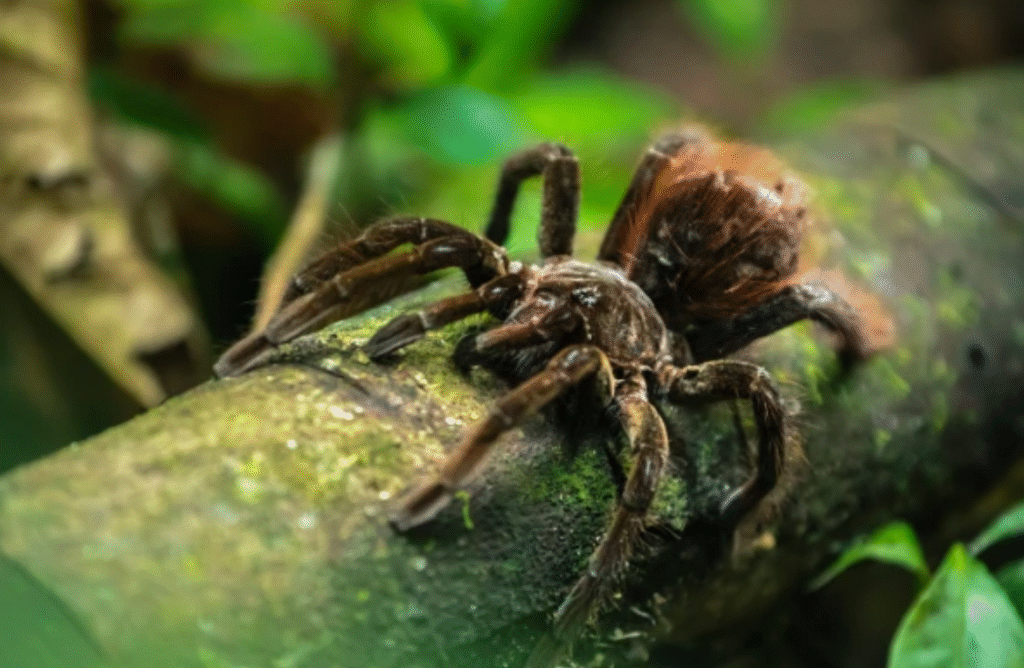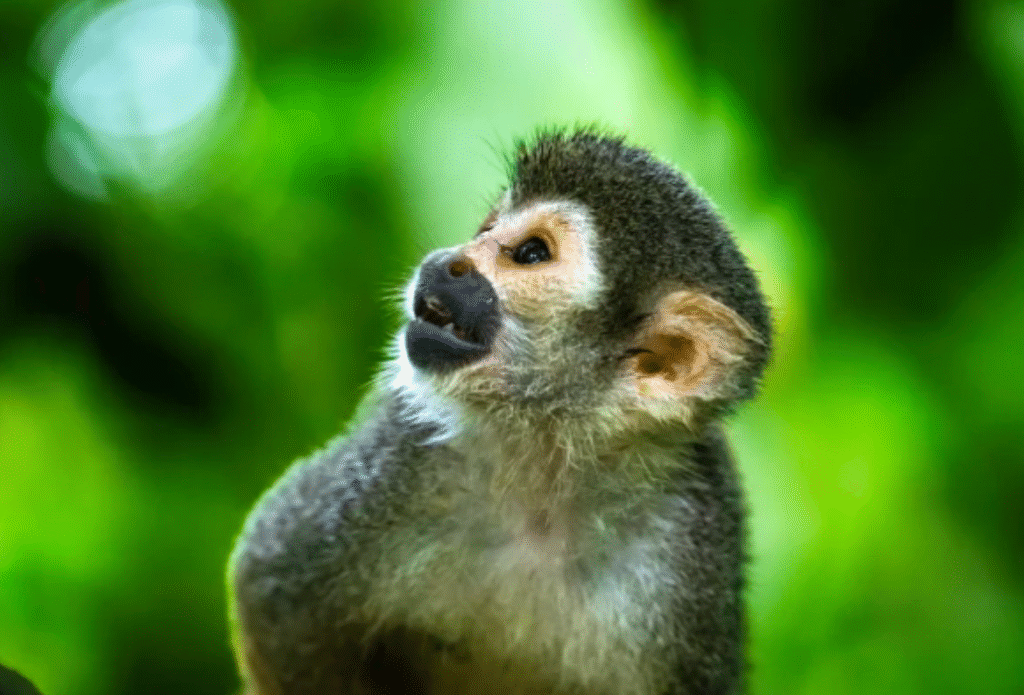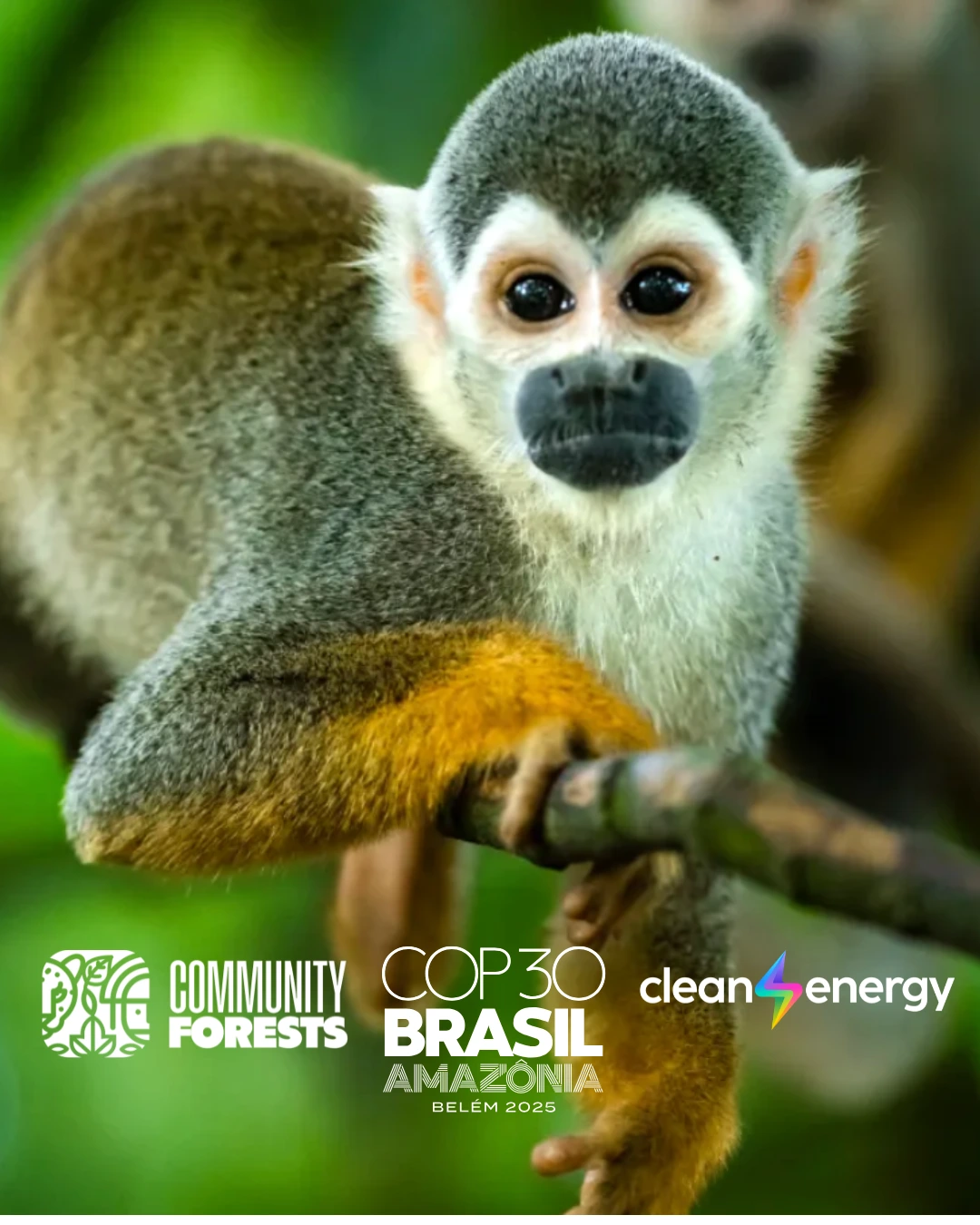The first COP in the Amazon places biodiversity at the center of climate action, highlighting Colombia and its communities as key players in conservation.
For the first time in history, COP will be held in the Amazon, the planet’s lungs and home to the world’s highest biodiversity. This choice is not just symbolic: it acknowledges that without living ecosystems, there are no real solutions to climate change. The Amazon basin produces around 20% of the world’s freshwater and hosts a quarter of terrestrial biodiversity.
New species are discovered here almost daily, making it a natural laboratory for science and a sacred space for the Indigenous peoples who inhabit it. Brazil as hosting country, highlights the region’s global importance.
For Colombia, this is a unique opportunity to showcase why the country is a megadiverse nation.
Colombia, a powerhouse of life
Colombia ranks as the fourth most biodiverse country in the world and the top country in biodiversity per square kilometer. Its territory hosts over 79,000 registered species, thousands of which are endemic, existing nowhere else on the planet. In the Colombian Amazon alone, more than 670 bird species, 158 amphibians, 195 reptiles, 212 mammals, over 750 fish species, and more than 6,000 plant species have been identified.
These numbers speak for themselves: conserving the Amazon is not a luxury; it is essential for climate stability, food security, and life itself.
The Community Forests and Biodiversity Credits
In this context, initiatives led by The Community Forests are particularly relevant. The organization promotes innovative solutions such as Biodiversity Credits, a tool to fund the conservation of forests and ecosystems in a measurable and verifiable way.
A key example is the Yaire project, located in the Monochoa Indigenous Reserve in Caquetá. Led by the Uitoto and Muinane communities, this project protects the Amazon’s rich biodiversity while strengthening local governance and community development plans. By addressing threats such as illegal mining and agricultural expansion, Yaire demonstrates how science, technology, and traditional knowledge can work together to protect life.


How Biodiversity Credits work
Biodiversity Credits are generated from measurable improvements in more than 15 ecological indicators, monitored through advanced technology combined with traditional community knowledge.
Revenue from these credits funds biodiversity monitoring, essential community services, and sustainable food production projects. In this way, conservation becomes both a source of well-being and a driver of local autonomy.
Biodiversity at the heart of the climate pact
The Amazon will be the stage where the world discusses how to advance fair and effective climate action. In this COP, biodiversity moves from a peripheral topic to the core of the conversation.
The work of organizations like The Community Forests, through projects such as Yaire, shows that conservation can go hand in hand with community empowerment and climate justice. COP30 is, without a doubt, an opportunity for humanity to look toward the cradle of life and recognize that protecting biodiversity is protecting our shared future.
Photos: @nikolasjacob.

